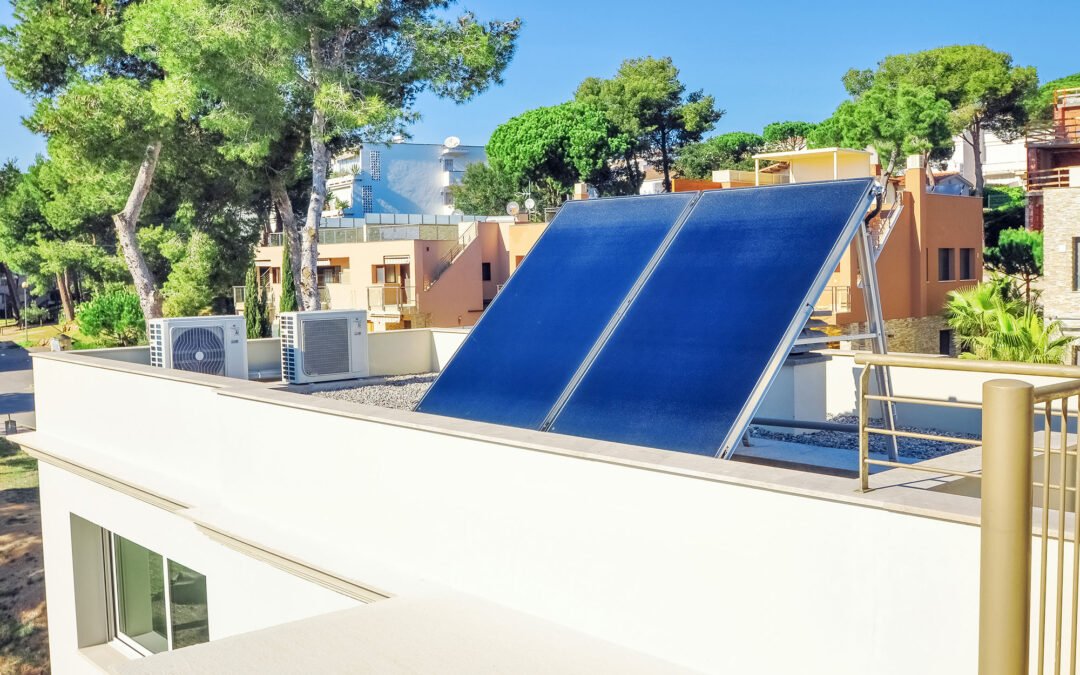With Spain’s diverse climate and increasing focus on sustainability, energy efficiency has become a critical factor for homebuyers. Whether you’re considering a property in the sunny south or the cooler northern regions, an energy-efficient home ensures year-round comfort while saving on utility costs. Here’s what to keep in mind when assessing energy efficiency in Spain.
1. Insulation
Despite Spain’s warm reputation, proper insulation is essential for both winter and summer. Many older homes, particularly in rural areas, lack adequate insulation, leading to higher heating and cooling expenses. Look for properties with insulated walls, roofs, and floors that meet modern efficiency standards.
2. Windows and Shutters
Double or triple-glazed windows are a must for energy efficiency, particularly in areas with temperature extremes. Traditional Spanish homes often feature shutters (“persianas”) which, when used correctly, can regulate indoor temperatures by keeping out heat during the summer and retaining warmth in winter.
3. Heating and Cooling Systems
In Spain, heating systems vary widely depending on the region. Central heating is common in the north, while air conditioning is a staple in the south. Look for efficient systems, such as heat pumps or newer air conditioning units with high energy ratings. In cooler regions, underfloor heating can be a luxurious and efficient option.
4. Solar Energy
With Spain’s abundant sunshine, solar panels are an excellent investment. Many modern homes already have photovoltaic or solar thermal systems installed. These systems can significantly reduce electricity costs, and Spain offers incentives for renewable energy installation. Check the property’s orientation to maximise solar energy potential.
5. Energy Performance Certificate (Certificado de Eficiencia Energética)
In Spain, all properties for sale or rent must have an Energy Performance Certificate (EPC). This certificate grades the property’s energy efficiency from A (most efficient) to G (least efficient). Always review the EPC to understand the property’s current performance and potential improvements.
6. Traditional Design Features
Spanish architecture often incorporates energy-efficient elements like thick stone walls, ceramic tiles, and natural ventilation systems. These traditional features can help regulate temperatures without relying heavily on artificial heating or cooling.
7. Appliances and Lighting
Energy-efficient appliances and LED lighting are crucial for reducing electricity consumption. Check if the property includes modern, eco-friendly appliances, particularly in the kitchen and laundry areas.
8. Smart Home Features
Smart systems, such as programmable thermostats and automated blinds, are becoming popular in Spain. These features allow you to optimise energy usage, especially useful during the intense summer months or colder winters in the interior regions.
9. Water Heating and Conservation
Tankless water heaters and solar water heating systems are common in energy-efficient Spanish homes. Additionally, properties with water-saving features like dual-flush toilets and low-flow taps are ideal for both environmental and financial benefits.
10. Orientation and Landscaping
A property’s orientation plays a significant role in its energy efficiency. South-facing homes are ideal for capturing natural light and warmth. Landscaping elements like shaded terraces, pergolas, or strategically placed trees can further enhance energy efficiency, particularly in hotter regions.
Why Energy Efficiency Matters in Spain
Spain’s varying climates—from the balmy coasts to the cooler inland areas—mean energy-efficient homes are essential for comfort and cost savings. Additionally, Spain’s push for renewable energy and sustainable living makes energy efficiency a critical selling point in the property market.

